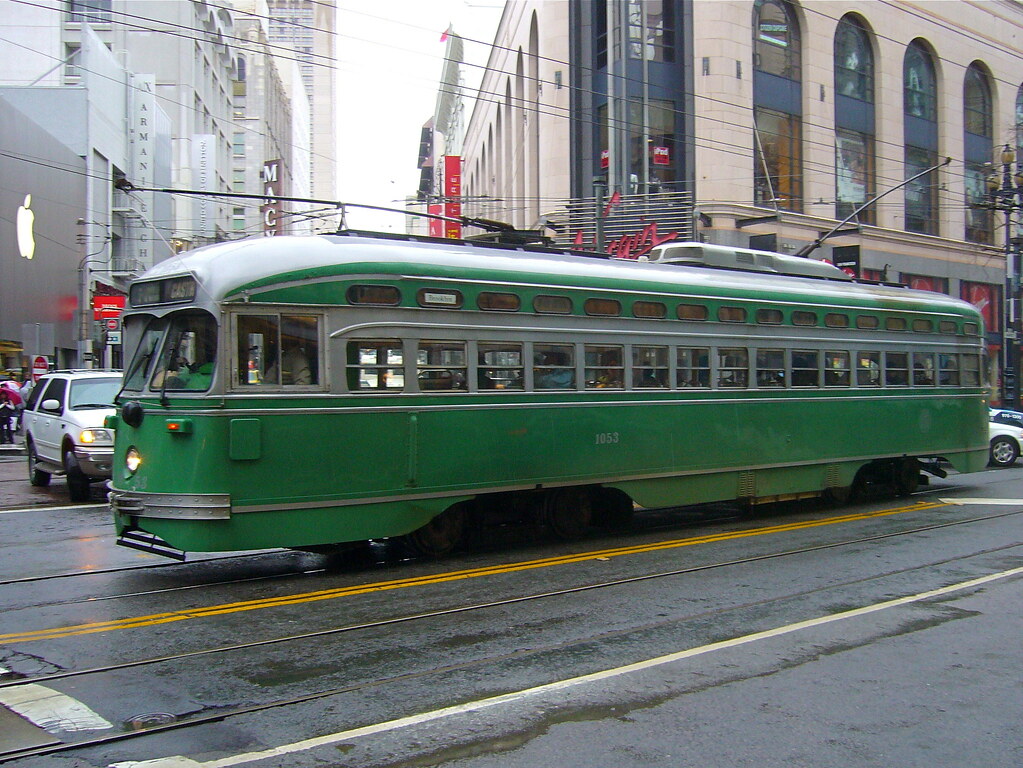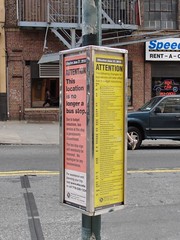Earlier this morning, the various presidents of the MTA’s subagencies and authority COO Charles Monheim gathered with reporters to unveil the next cost-saving measure. As the MTA currently spends $560 million a year — or 13 percent of its total payroll — on overtime, work-rule reform, sick-day abuse and various productivity measures are now on the MTA’s agenda. The authority estimates it can save $22 million in 2010 by acting unilaterally and $60 million a year in 2011 and beyond with union cooperation.
“Some overtime is needed to put out a reliable service and respond to emergencies, but much of it is unnecessary and can’t be justified,” Monheim said. “MTA leadership is now committed to eliminating unnecessary overtime, and we expect new controls to save millions. We will do our part, but a real partnership with labor is the only way to make a real dent in unnecessary overtime.”
During the presentation and subsequent Q-and-A this morning, Transit officials in particular highlighted the way their employees take advantage of a lax sick day system and an overtime scale based on seniority to call in sick but make up the money through overtime shifts. “Someone who is truly sick and can’t do the work, we don’t want them to come in,” Transit President Tom Prendergast said. Rather, the agency is looking to, as Prendergast said, “combat unnecessary mental health days.”

The example Prendergast cited relied upon the above chart. It shows an actual recent schedule from an employee who has been on the job since 1988. As Transit workers are allowed to bank sick days and this employee had no bank, this person has used up his 12 sick days per year since starting in 1988, and MTA officials were skeptical that all were used legitimately. Here, the train operator put in three full eight-hour shifts and an additional 10 2/3 hours worth of overtime work while taking two unpaid days on Wednesday and Thursday.
Not only does this example highlight the way employees can use sick days to cover missed hours, but it shows how overtime works against the MTA as well. Although the employee did not work 40 hours a week, he is still eligible for time and a half if he works more than eight hours on a single day. The MTA must pay him overtime when he doesn’t deserve it and must pay someone else overtime to fill in for the 16 unmanned hours on Tuesday and Wednesday.
Beyond these abuses, the MTA is looking to combat sick-day usage in general. In 2009, 25 percent of Transit employees took 15 or more sick days, and Prendergast was skeptical that every single employee missing so much time was truly sick. As workers used banked sick days for vacation, the costs to the MTA increase in the form of overtime spending. “There has to be an enlightened discussion” with the union,” Prendergast said. “Is this the type of employee we want to protect?”

Outside of sick-day abuse, the officials spoke about work-rule reform and controlling pension obligations through overtime monitoring. As the above chart shows, one Bridges & Tunnels employee was able to take advantage of the way overtime impacts the pension calculation to double the amount he would receive upon retirement. In fact, his annual pension was higher than his annual base salary.
On the commuter rail side, the authority wants to do away with what LIRR President Helena Williams termed “very onerous work rules.” For instance, if an LIRR train switches from electric to diesel or vice versa with the same engineer, the engineer earns double pay for that day even though this engineer is qualified to operate both types of trains.
The MTA knows it cannot accomplish the total elimination of overtime. As Prendergast said at length, 24-hour transit agencies require overtime to function efficiently, but the current overtime expenditures are well above acceptable levels. For now, management will try a top-down approach. It will more aggressive enforce sick day abuses, try to prevent continuous and excessive mega-shifts, report overtime so that the public can understand why the agency is saddled with these costs and work with unions to reform work rules. “In every case,” Prendergast said, “it starts with management taking a different stance.”
The authority heads, however, realize that the unions have favorable contracts and working to streamline operations will be a challenge. “I think we are probably as a whole one of the toughest union environments if not in the city, then in the nation,” Joseph Smith, head of MTA bus, said. “It’s a struggle every day to do a lot of the things that we do, and to do them effectively as we do.”

 The East Side Access project, not often in the news, made a headline for all the wrong reasons this morning. As William K. Rashbaum of The Times
The East Side Access project, not often in the news, made a headline for all the wrong reasons this morning. As William K. Rashbaum of The Times 

